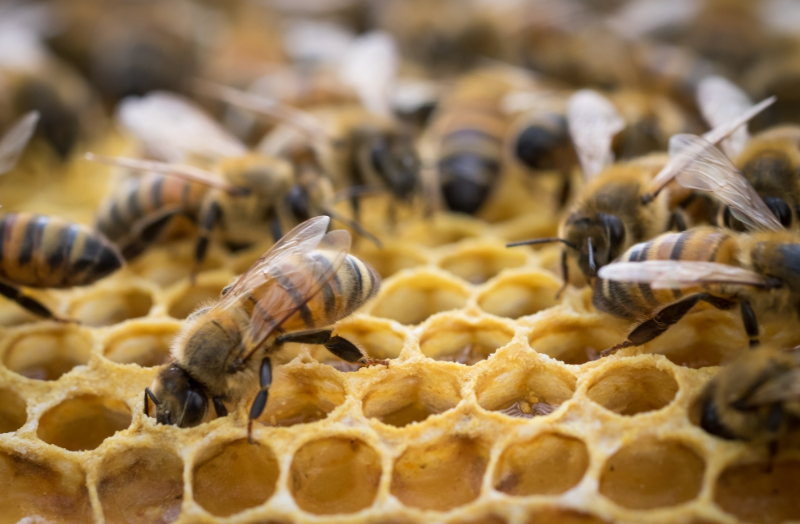In a surprising turn of events, an invasive species of Asian honeybees in North Queensland has defied evolutionary expectations and flourished, despite suffering a drastic reduction in genetic diversity. A single swarm that arrived in 2007 has ballooned to an impressive population of more than 10,000 colonies, outpacing anticipations of honey industry experts and biosecurity officials alike.
The research, published in Current Biology today, divulges how the species, Apis cerana, navigated a genetic bottleneck to proliferate from one swarm to a population vast enough to cover a 10,000 square kilometre area – approximately the scale of Greater Sydney.
The academic initiative, helmed by University of Sydney School of Life and Environmental Sciences co-lead Dr Rosalyn Gloag, offered an unusual complete genetic timeline of a natural invasion from the early stages following the bees’ arrival.
“We found these bees have quickly adapted despite their low genetic diversity in comparison to their native populations,” explained Dr Gloag. “This contradicts the common belief that high genetic diversity aids rapid environmental adaptation under changing circumstances.”
Dr Gloag emphasized the implications of this case for decoding population resilience overall and potentially offers a ray of hope for species facing a threat from climate change.
The arrival of the swarm in 2007, likely originally from Papua New Guinea, spurred Australian biosecurity’s efforts due to the risk of parasites the bees could transport. However, the bees proved parasite-free of the most feared varroa mite, which has since been detected in Australia through an unidentified route and has caused significant concern for the domestic honey industry.
The research team’s invaluable sample set, collected over ten years, included the re-sequencing of genomes from 118 individual bees. These samples illuminated traces of natural selection acting on existing genetic variations and not on mutations arising later, Dr Gloag asserted.
Emphasizing the potential significance, Dr Gloag added, “The fact that species with low genetic diversity can adapt quickly may be positive news for biodiversity coping with both climate change and human-induced disasters, such as bushfires.”
The study was a global collaboration handled in partnership with scientists at Canada’s York University, Indonesia’s IPB University and Bandung Institute of Technology, and Australia’s CSIRO.
Information Box
Key Facts:
– Single Asian honeybee swarm arrived in North Queensland in 2007.
– Overcame a genetic bottleneck and expanded to over 10,000 colonies.
– Research findings highlight potential for rapid adjustment to new environments, despite low genetic diversity.
– Insights could prove beneficial for biodiversity under climate change.
-Co-researched with various international institutions.
References:
Reference 1: The University of Sydney, “How an invasive bee colony defied a genetic bottleneck” (2024)
Reference 2: Current Biology Publication, Post-invasion selection acts on standing genetic variation despite a severe founding bottleneck’ (2024)
Reference 3: Consultations with Dr Rosalyn Gloag, Co-lead author, University of Sydney School of Life and Environmental Sciences (2024)

